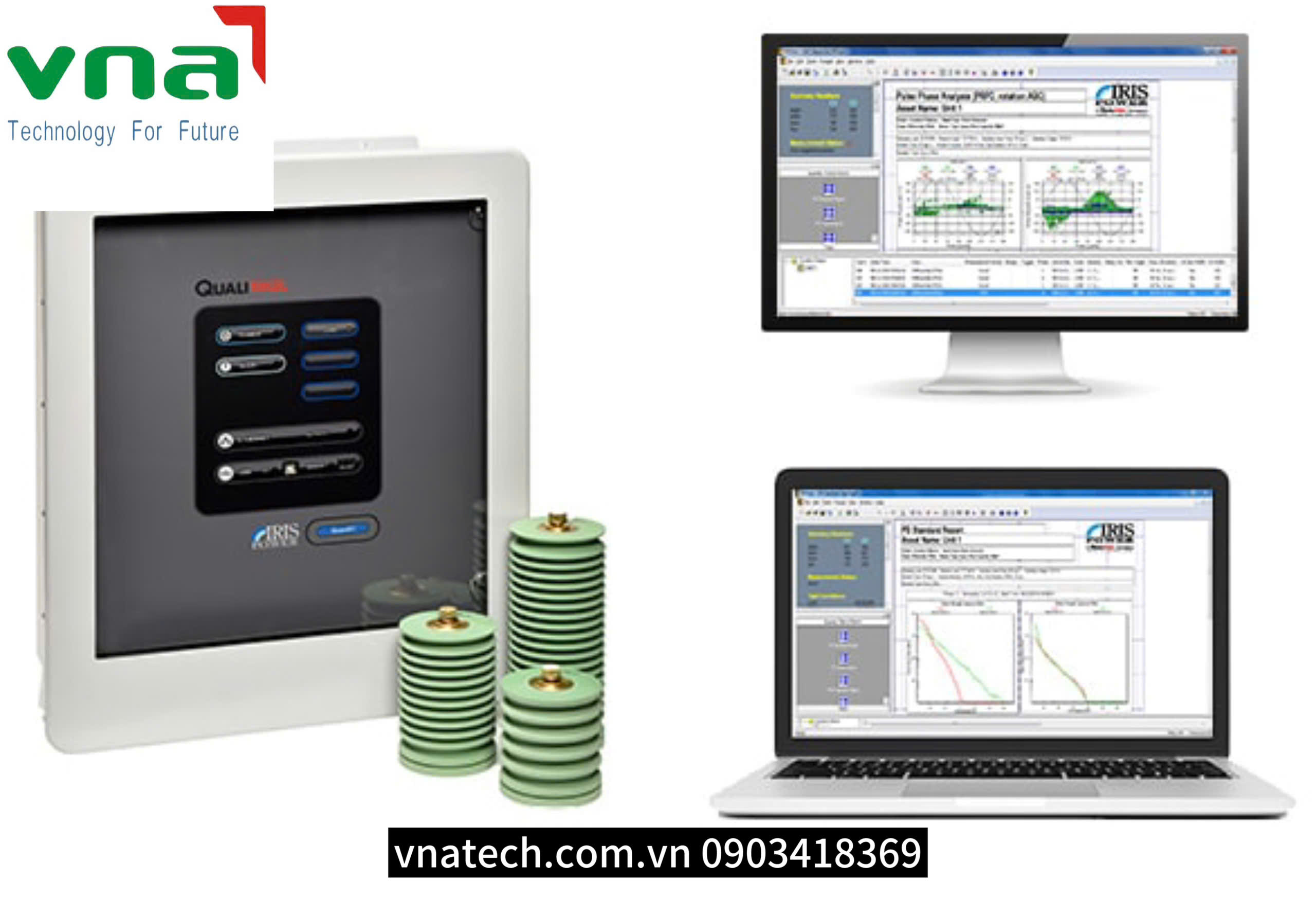Condition Monitoring is a proactive maintenance strategy that involves tracking the performance and health of machinery in real-time. By continuously analyzing key parameters such as vibration, temperature, noise, and pressure, businesses can prevent unexpected failures, reduce downtime, and extend equipment lifespan. This article explores the importance, methods, benefits, and best practices of Condition Monitoring.
What is Condition Monitoring?
Condition Monitoring is a predictive maintenance technique used to assess the operational status of machines and equipment. By collecting and analyzing real-time data, it helps identify potential issues before they lead to costly breakdowns. This approach contrasts with traditional reactive maintenance, where repairs occur only after failures happen.
Implementing a Condition Monitoring Program

Identify Critical Equipment
- Focus on high-value assets: Equipment with high repair costs, long lead times for spare parts, or critical to production should be prioritized.
- Consider failure modes and effects analysis (FMEA): Analyze potential failure modes and their impact on operations.
- Utilize historical data: Analyze maintenance records to identify equipment with a history of frequent failures.
Select Appropriate Sensors
- Consider equipment type and operating conditions: Different equipment types require different sensors (e.g., vibration sensors for rotating equipment, temperature sensors for bearings).
- Ensure sensor accuracy and reliability: Choose high-quality sensors that provide accurate and reliable data.
- Consider wireless options: Wireless sensors can simplify installation and reduce maintenance costs.
Develop a Data Collection and Analysis Plan
- Establish data collection intervals: Determine the frequency of data collection based on equipment criticality and risk.
- Select data acquisition and analysis software: Choose software that is compatible with the sensors and capable of analyzing the data effectively.
- Develop data analysis procedures: Define clear procedures for analyzing data, identifying trends, and generating alerts.
Set up Alerts and Notifications
- Define alert thresholds: Set appropriate thresholds for each parameter to trigger alerts when abnormal conditions are detected.
- Choose notification methods: Select appropriate notification methods, such as email, SMS, or on-screen alerts.
- Ensure timely response: Establish clear procedures for responding to alerts and taking corrective action.
Train Personnel
- Provide comprehensive training: Train maintenance personnel on the principles of condition monitoring, data interpretation, and the use of monitoring equipment.
- Develop clear work instructions: Provide clear and concise work instructions for responding to alerts and performing maintenance tasks.
- Ongoing training and support: Provide ongoing training and support to ensure that maintenance personnel are up-to-date with the latest technologies and best practices.
Continuous Improvement
- Regularly review and refine the program: Continuously monitor the performance of the condition monitoring program and make adjustments as needed.
- Analyze data trends: Analyze historical data to identify patterns and improve the effectiveness of the program.
- Stay updated on new technologies: Keep up-to-date with the latest advancements in condition monitoring technologies and incorporate them into the program.
Benefits of Condition Monitoring

Minimizes Downtime
- Reduced Production Losses: Unplanned shutdowns due to equipment failures can severely disrupt production schedules, leading to missed deadlines, lost revenue, and decreased customer satisfaction. Condition Monitoring helps prevent these disruptions by allowing for proactive maintenance.
- Increased Operational Efficiency: Minimized downtime translates to increased operational efficiency and a smoother, more consistent production flow.
Reduces Maintenance Costs
- Shift from Reactive to Proactive Maintenance: Condition Monitoring shifts the maintenance paradigm from reactive (fixing problems after they occur) to proactive (preventing problems before they occur). This significantly reduces costly emergency repairs, overtime labor, and the need for expedited spare parts.
- Optimized Resource Allocation: By focusing maintenance efforts on equipment that actually needs attention, Condition Monitoring optimizes the allocation of maintenance resources, preventing unnecessary maintenance tasks.
Extends Equipment Lifespan
- Early Detection of Wear and Tear: By identifying and addressing minor issues early on, Condition Monitoring helps prevent further damage and extends the lifespan of equipment. This reduces the need for costly replacements and increases the return on investment in capital equipment.
- Improved Asset Utilization: By ensuring optimal equipment performance, Condition Monitoring improves asset utilization and maximizes the return on investment.
Enhances Safety
- Prevention of Accidents: Early detection of faults can prevent catastrophic failures that could lead to accidents, injuries, and even fatalities. This creates a safer working environment for employees and reduces the risk of workplace incidents.
- Improved Workplace Safety: By identifying and mitigating potential hazards, Condition Monitoring contributes to a safer workplace overall.
Improves Energy Efficiency
- Detection of Inefficiencies: Condition Monitoring can identify inefficiencies in equipment operation, such as misalignment, excessive vibration, or excessive energy consumption. This allows for targeted adjustments to improve energy efficiency.
- Reduced Energy Costs: By optimizing equipment performance and reducing energy consumption, Condition Monitoring can contribute to significant energy cost savings.
Data-Driven Decision Making
- Provides Valuable Insights: Condition Monitoring generates a wealth of data that can be analyzed to gain valuable insights into equipment performance, maintenance trends, and overall operational efficiency.
- Improved Maintenance Planning: Data analysis enables the development of more effective and predictive maintenance plans, optimizing maintenance schedules and resource allocation.
Condition Monitoring Techniques

- Vibration analysis: Measuring vibrations in equipment to detect imbalances, misalignment, and bearing wear.
- Thermal imaging: Using infrared cameras to detect heat signatures that can indicate overheating or other problems.
- Oil analysis: Analyzing oil samples to detect contaminants, wear particles, and changes in viscosity.
- Ultrasonic testing: Using high-frequency sound waves to detect cracks, corrosion, and other defects.
Thông tin liên hệ
CÔNG TY CỔ PHẦN PHÁT TRIỂN VÀ CHUYỂN GIAO CÔNG NGHỆ VIỆT NAM.
VPGD: VT09-BT02 – KĐT Xa La – Hà Đông – Hà Nội.
MST: 01 05 158 192
TRANG CHỦ: www.vnatech.com.vn
Email: contact@vnatech.com.vn
Hotline: 0903 418 369 / 0977 550 085
ĐT: 024 668 3 261 / 098 311 7863



